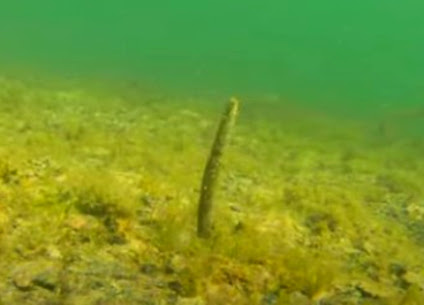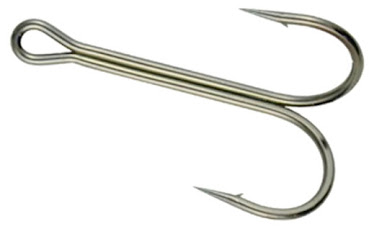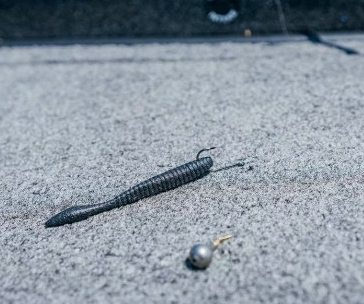November marks the end of the open water fishing season in many parts of the northern U.S. As water temperatures drop into the 40s and 50s, bass become less active and head for deeper water.
While bass fishing gets tougher this time of year, you can still catch fish from shore if you adjust your techniques.
Follow these tips to improve your chances of hooking up with fall bass from the bank:
Slow Down Your Presentation
When water temps are cold, bass metabolism and activity levels decline. They are not going to chase fast-moving lures. Slow down your retrieves and allow baits like soft stickbaits, lipless crankbaits, jerbaits, and spinnerbaits time to get in front of lethargic fish. Use occasional pauses and twitches to trigger sluggish bass into striking.
Downsize Your Offerings
Big baits tend to work better when bass are actively feeding. In November, you’ll often catch more bass on smaller presentations that require less energy to inhale. Good options include 2-3 inch curl tail grubs on 1/16 or 1/8 ounce jig heads, finesse worms rigged wacky style, underspins, and finesse presentations like the Ned Rig. Stay away from large spinnerbaits and big swimbaits unless larger baitfish are the primary forage in your local waters.
Fish Slow-Tapering Points
Look for long, gradually sloping points that extend into deeper water. Use castable sonar pods (if you own one) and/or contour maps to find areas that drop into 10+ feet of water near the bank. Bass will move shallow early and late in the day to feed up on baitfish using these steeper transition features. Position yourself for casts that run parallel to the slope.
Target Areas with Darker Bottoms
In cooling water, you want to find the warmest, and likely most productive areas. Darker bottom types like mud, darker rocks and sand soak up more solar radiation and warm faster than lighter colored bottoms. Focus your effort fishing from shorelines with these bottom compositions. The warmer water draws baitfish and therefore oredators like bass to feed on them.
Fish On Sunny, Warmer Days
Cold fronts really shut down shoreline bites in November. Target fishing on warmer, sunny days in the 50+ degree range when possible. The sun helps warm shallows drawing more baitfish and bass tend to be more active. Overcast, windy, rainy days make fishing tough. Watch the weather and try hitting the water on the best weather days.
Try Live Bait
Sometimes finicky fall bass want the real rather than artificial baits. Live bait like minnows, shiners, crawfish, and leeches can entice big bites when the fishing is slow. Hook minnows through the lips on #6 hooks and fish under a float or add a few split shots to your line slowly work them along the bottom. Pitch craws and leeches into productive areas and let them sit to draw the attention of cruising bass.
Think Simple
Now is not the time to break out complicated techniques and presentations meant for more aggressive fish. Stick to simple offerings like jigs, Texas rigs, jerkbaits, lipless crankbaits, and paddletail swimbaits and make repeated casts to productive areas. Keep moving until you locate actively feeding fish. A combination of patience and persistence will help you locate, trigger and catch more bass during the last weeks of the open water in your area.
Following these tips will help you find and catch more bass in November, even when fishing from shore. Finding the right location and using the right bait and presentation, more bass including a few big bass can still be caught during the fall to winter transitional period. Do your homework, dress for the elements, and you can extend the open water fishing season well into late fall.


































